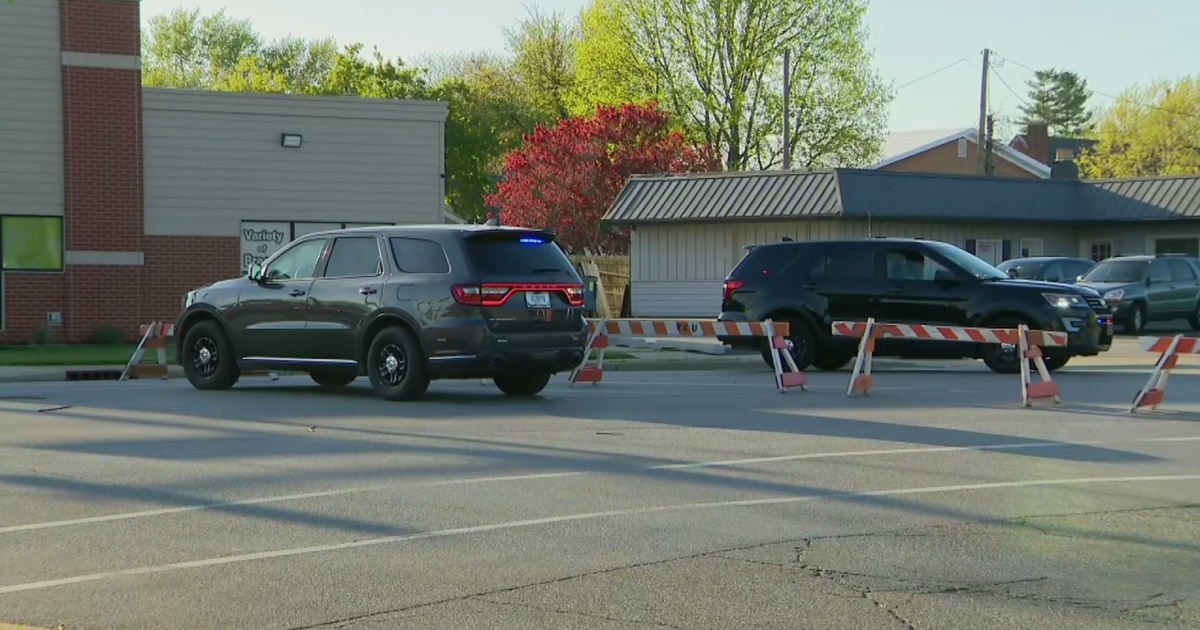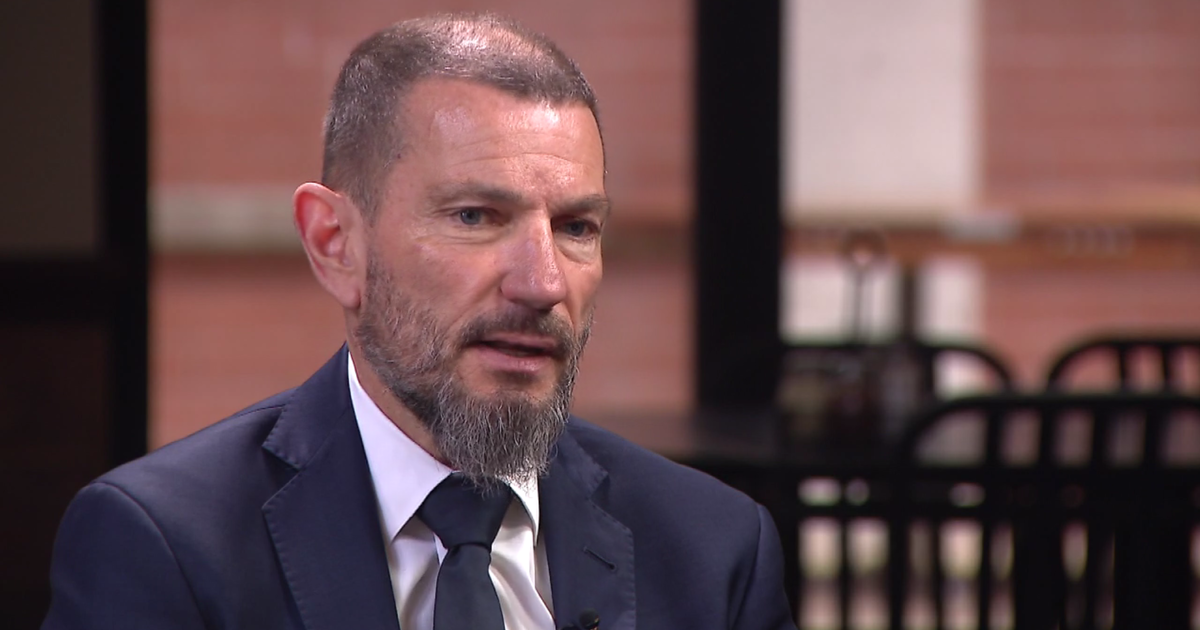After Chemical Spill, Portage, Ind. Mayor Wants ArcelorMittal To Put New Fish In Water
PORTAGE, Ind. (CBS) -- Following a chemical spill in the Little Calumet River that left 3,000 fish dead, the mayor of Portage, Indiana has asked steel manufacturer ArcelorMittal to put twice as many fish into the water.
Portage Mayor John Cannon said he wants ArcelorMittal to put 6,000 fish into the water – an action that would be completed through the Indiana Department of Natural Resources.
Cannon has also asked ArcelorMittal to pay for daily monitoring of the waterway. He has further asked the DNR to provide a figure of any other wildlife that died of the cyanide and ammonia spill the week before last and then wants ArcelorMittal also to replenish that wildlife.
In addition to killing the fish, the spill forced the closure of the Portage Lakefront and Riverwalk beach areas at the Indiana Dunes National Park for several days.
ArcelorMittal has apologized and accepted responsibility for the spill, caused by a failure to their blast furnace water recirculation system. The State of Indiana said that failure happened all the way back on Sunday, Aug. 11, but the company did not tell the state about the high cyanide levels until Thursday, Aug. 15.
The state then told the City of Portage.
ArcelorMittal has disputed a claim that it knew about the spill as far back as Sunday, Aug. 11. The company said its notice to the Indiana Department of Environmental Management on Thursday, Aug. 15, only said it had exceeded the permitted levels of cyanide and believed that the reason would be "a loss of power and operation" in its blast furnace recirculation system.
ArcelorMittal said it was not until Thursday, Aug. 15 that the company even received conclusive sampling results about the spill.
ArcelorMittal has further said process failures in its manufacturing do not always result in spills that exceed the permitted amounts of chemicals. The company also emphasized that it does not just dump untreated chemicals into the Little Calumet River – the contaminated water went through a water recirculation system and a secondary wastewater treatment plant, and then to a settling pond where it was released in small increments into the river, the company said.
The fact that the wastewater goes through this process – combined with a one- to four-day delay in receiving analytic information – might be to blame for the perceived gap in time between the blast furnace incident and the time that authorities were notified of the spill, ArcelorMittal said.



